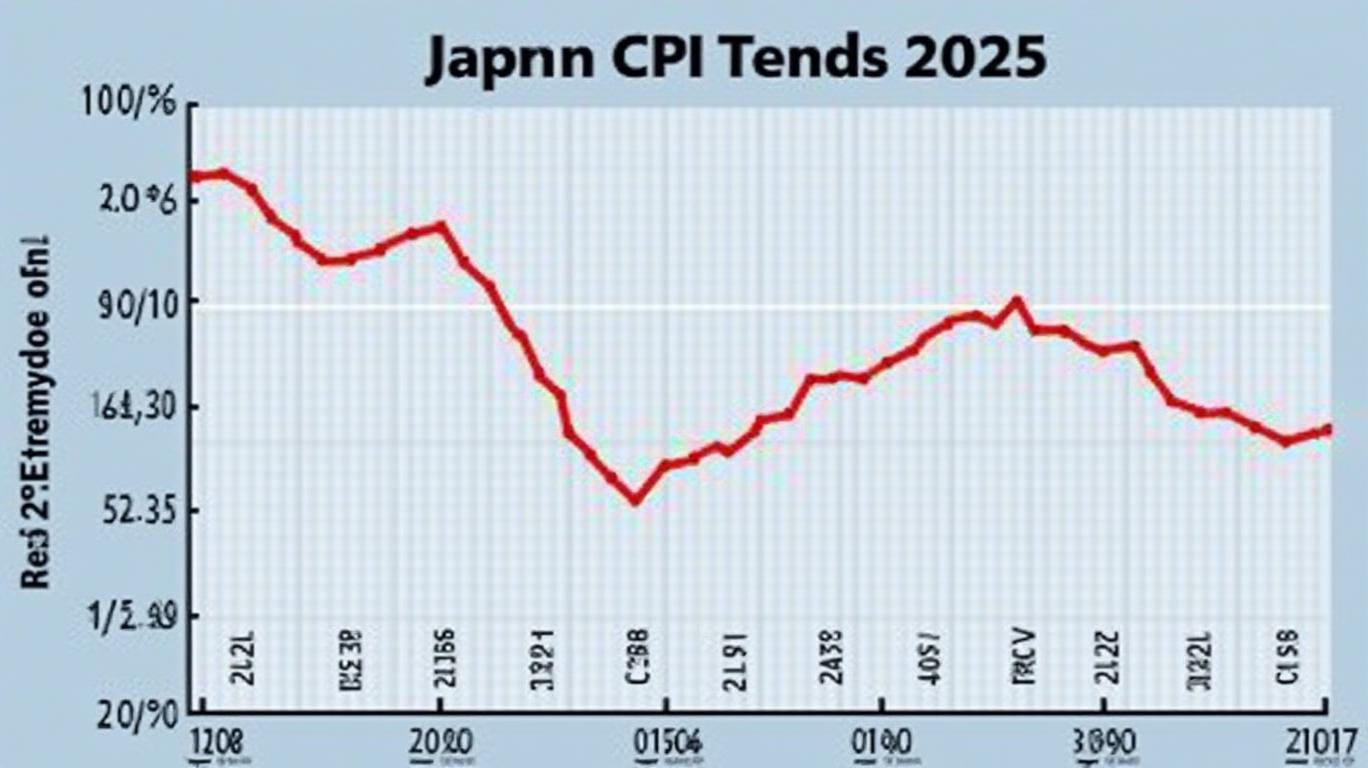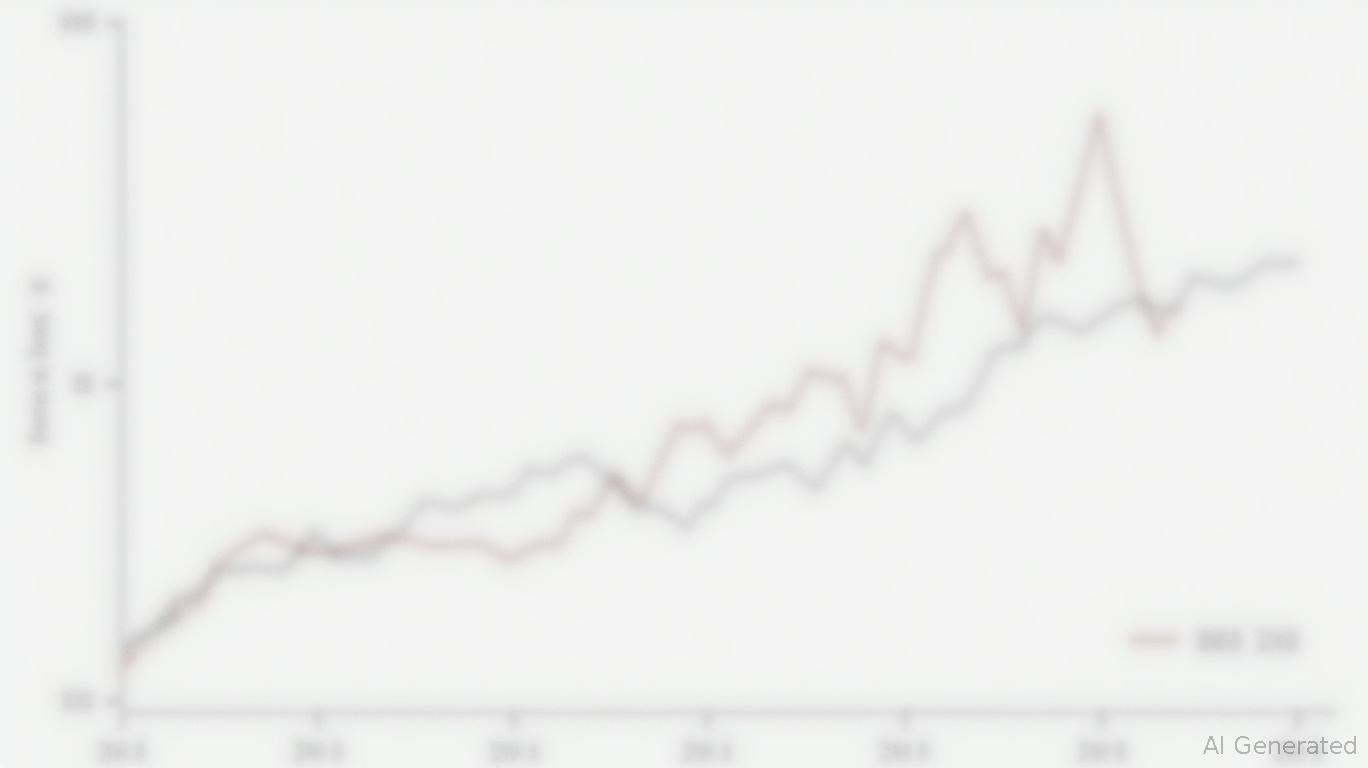Japan's October Inflation Dip: BOJ Rate Hike Still on the Table
Thursday, Nov 21, 2024 7:14 pm ET
Japan's headline inflation rate slipped to 2.3% in October, its lowest level since January, yet economists still anticipate a Bank of Japan (BOJ) rate hike. The BOJ's commitment to its 2% inflation target and the need to balance economic growth with price stability are key factors driving this expectation.

The BOJ's "Outlook for Economic Activity and Prices" (October 2024) projects the year-on-year CPI increase to be around 2.5% for fiscal 2024, aligning with its target. Despite the recent dip in inflation, the BOJ is likely to continue raising interest rates, as Governor Kazuo Ueda has stated that the BOJ will hike rates if the economy and prices move in line with its expectations.
Overseas economic activity and commodity price developments significantly influence the BOJ's monetary policy. The BOJ's October 2024 Outlook for Economic Activity and Prices (Number 1) highlights that Japan's economy is likely to keep growing due to overseas economies' moderate growth and accommodative financial conditions. However, high uncertainties surround Japan's economic activity and prices, including developments in overseas economic activity and commodity prices. The BOJ's policy will depend on these developments, with the Bank ready to raise the policy interest rate and adjust monetary accommodation accordingly.
The BOJ's outlook for economic activity and prices supports a gradual but steady increase in the policy rate, aiming to achieve its price stability target of 2%. The BOJ's policy rate is currently around 0.25%, and it has signaled that it could reach 1% by the second half of its 2025 fiscal year at the earliest.
The BOJ faces a delicate balancing act in maintaining monetary policy. On one hand, keeping borrowing costs too low could fuel inflation and asset bubbles. On the other hand, raising rates too aggressively could stifle economic growth and hinder the desired "virtuous cycle between wages and prices." The BOJ aims to foster sustainable wage growth and price stability, suggesting a cautious approach to rate hikes.
In conclusion, despite the recent dip in Japan's headline inflation rate, the BOJ is expected to continue raising interest rates to achieve its 2% inflation target. The BOJ's monetary policy will depend on developments in overseas economic activity and commodity prices, with the Bank committed to balancing economic growth with price stability. Investors should monitor these developments and the BOJ's policy decisions to make informed investment decisions in the Japanese market.

The BOJ's "Outlook for Economic Activity and Prices" (October 2024) projects the year-on-year CPI increase to be around 2.5% for fiscal 2024, aligning with its target. Despite the recent dip in inflation, the BOJ is likely to continue raising interest rates, as Governor Kazuo Ueda has stated that the BOJ will hike rates if the economy and prices move in line with its expectations.
BBAI, CVKD, APLD, SVM, MSTR...Market Cap, Turnover Rate...
Overseas economic activity and commodity price developments significantly influence the BOJ's monetary policy. The BOJ's October 2024 Outlook for Economic Activity and Prices (Number 1) highlights that Japan's economy is likely to keep growing due to overseas economies' moderate growth and accommodative financial conditions. However, high uncertainties surround Japan's economic activity and prices, including developments in overseas economic activity and commodity prices. The BOJ's policy will depend on these developments, with the Bank ready to raise the policy interest rate and adjust monetary accommodation accordingly.
The BOJ's outlook for economic activity and prices supports a gradual but steady increase in the policy rate, aiming to achieve its price stability target of 2%. The BOJ's policy rate is currently around 0.25%, and it has signaled that it could reach 1% by the second half of its 2025 fiscal year at the earliest.
The BOJ faces a delicate balancing act in maintaining monetary policy. On one hand, keeping borrowing costs too low could fuel inflation and asset bubbles. On the other hand, raising rates too aggressively could stifle economic growth and hinder the desired "virtuous cycle between wages and prices." The BOJ aims to foster sustainable wage growth and price stability, suggesting a cautious approach to rate hikes.
In conclusion, despite the recent dip in Japan's headline inflation rate, the BOJ is expected to continue raising interest rates to achieve its 2% inflation target. The BOJ's monetary policy will depend on developments in overseas economic activity and commodity prices, with the Bank committed to balancing economic growth with price stability. Investors should monitor these developments and the BOJ's policy decisions to make informed investment decisions in the Japanese market.









